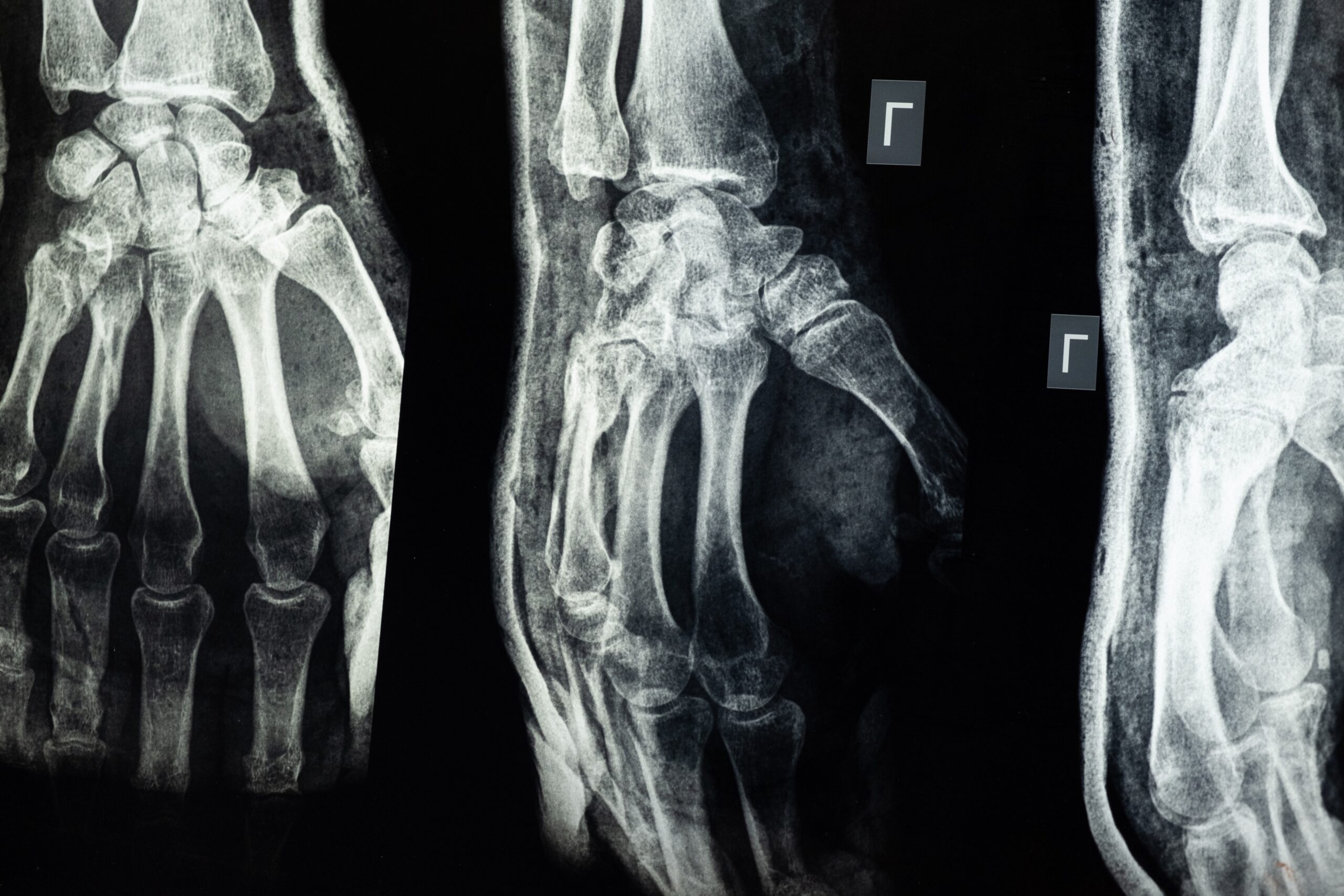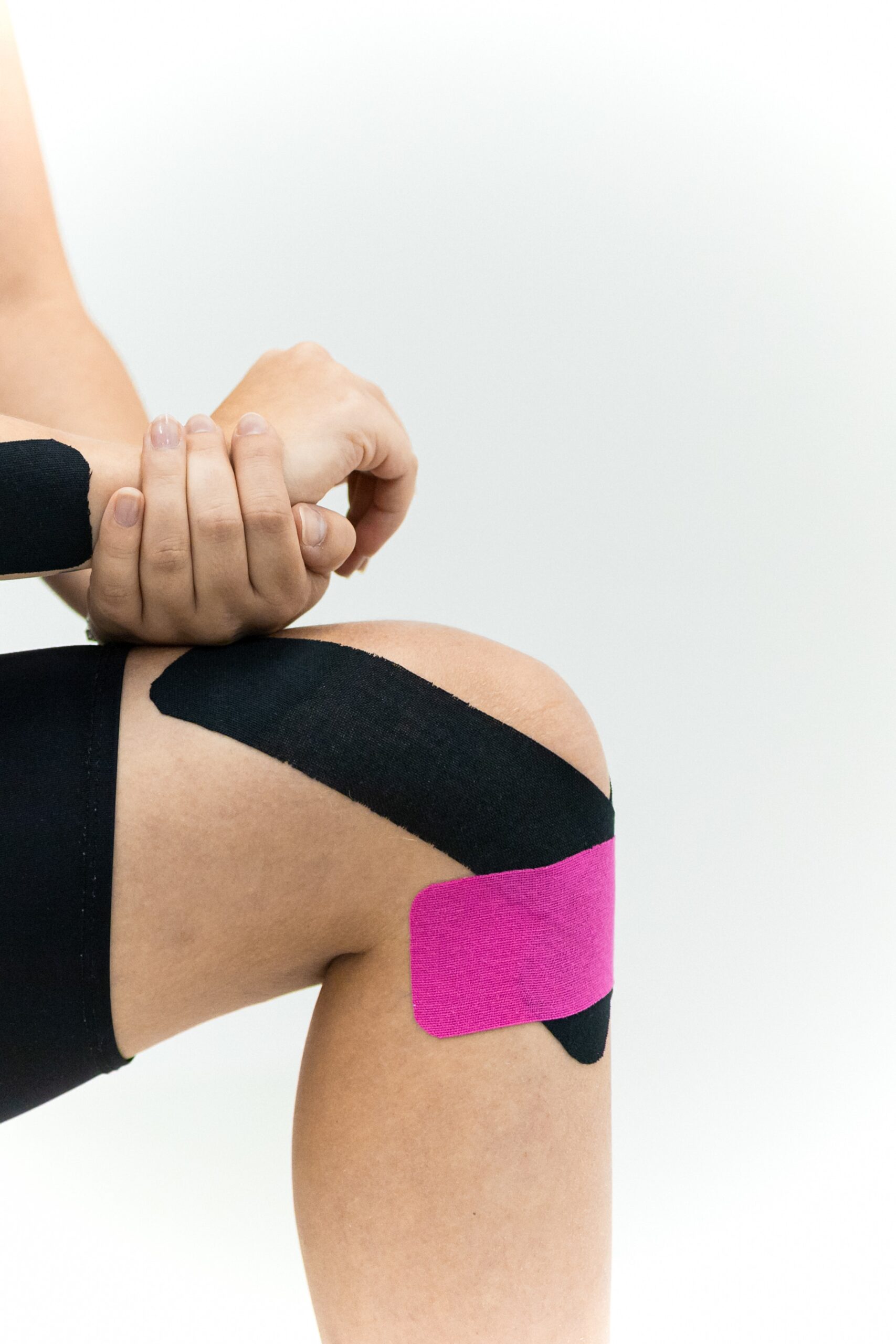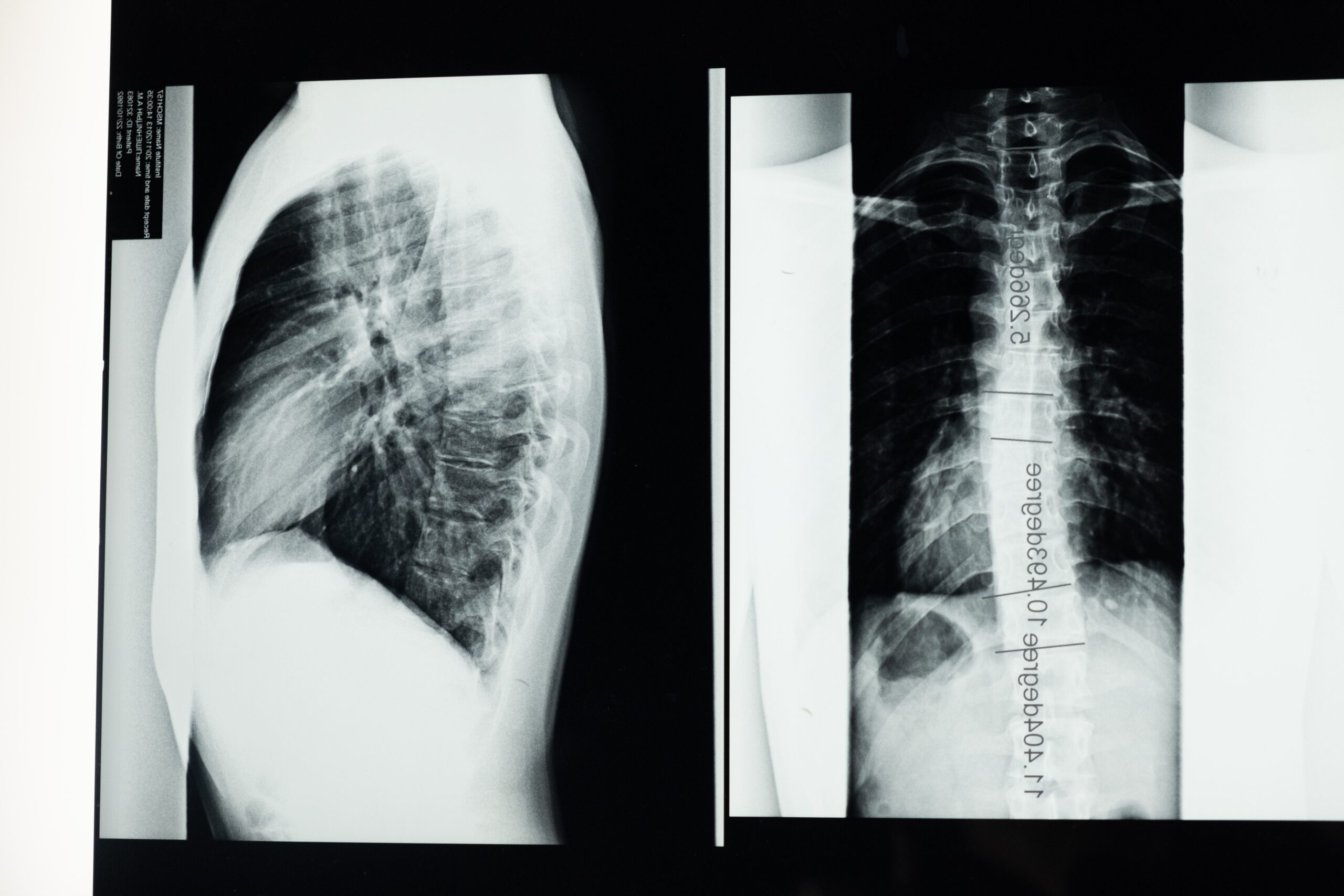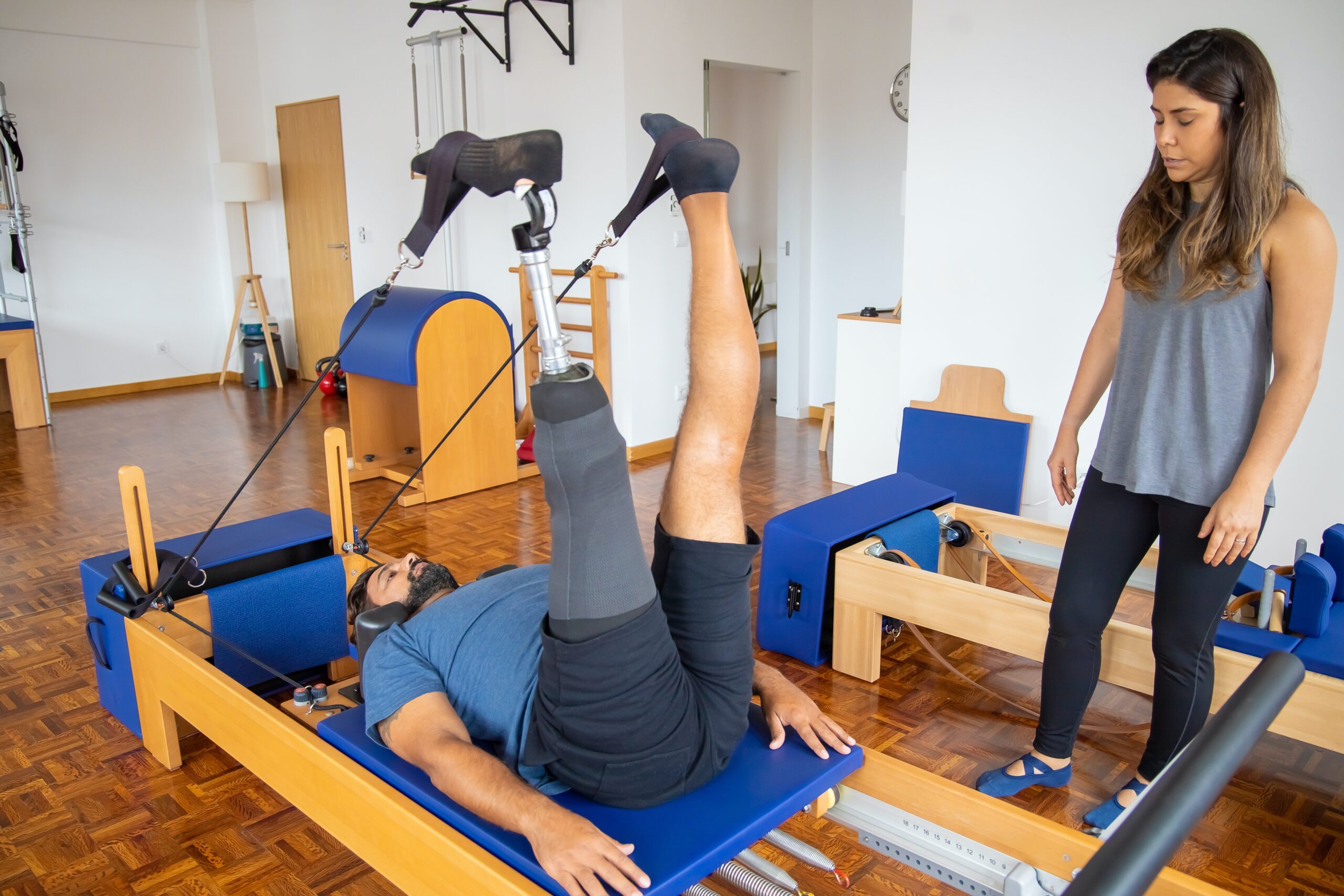In the realm of professional sports, it takes more than just working out hard to stay at the top of one’s game. To keep their bodies functioning as precisely tuned instruments of success, high-performance athletes must be able to overcome the twin problems of injury prevention and quick recovery, which are explored in this article.
Common Injuries
Understanding injuries is the first step in preventing them from happening in different sections of the body. Because of athletes’ intense competition and the need to give it their all, injuries are more likely to occur. Injuries can worsen if ignored or inadequately handled, which can harm an athlete’s performance. Some of the most prevalent issue areas we observe in athletes include the following:
Shoulder Injuries in Overhead Sports
Sports like swimming, volleyball, softball, and baseball that demand a lot of arm movement are more likely to cause shoulder problems. Rotator cuff strains, rips, and dislocations can prevent an athlete from competing for several weeks or even months. Exercises for flexibility, strength, and adequate warm-up are all necessary to prevent injuries in this region. Rest, physical therapy, taping methods, and in rare circumstances, surgery may be required to get you back in the game if you have a shoulder injury.
Elbow Injuries in Contact Sports and Throwing
Injuries to the elbow are common in activities including baseball, football, tennis, and golf. This is due to the arm being used so frequently and vigorously, which might harm the elbow ligaments. Stretching is essential before every practice or game to avoid these injuries. Athletes should also take regular rests to rest in between workouts. Rest and physical therapy are advised for the healing of an elbow injury. The elbow is prone to the following injuries:
- Tennis elbow
- Golfer’s elbow
- UCL tear
- Sprains and strains
- Bicep tear
Knee Injuries in High-impact Sports
ACL tears and meniscus damage are frequent knee injuries in high-impact sports like basketball, football, and soccer. Unfortunately, these injuries frequently necessitate surgery and prolonged recovery, and they may force you to abandon your season. Implementing injury prevention techniques is crucial. These tactics include dressing appropriately, practicing agility, and mastering suitable landing methods. Because your knees are intricate joints, it is important to get appropriate medical care as quickly as possible if an injury does develop.
Hip Injuries in Athletes
Athletes in a variety of sports, including hockey players and runners, are susceptible to hip problems. Mobility can be restricted and excruciatingly painful due to strains, bursitis, and fractures. Flexibility exercises, core strengthening, and good posture while exercising are all necessary to prevent hip problems. The core workouts listed below can assist the hips:
- Planks
- Side planks
- Bridges
- Squats
- Lunges
Spine Injuries and Their Impact
Mild sprains to serious disorders like ruptured discs can cause spinal injury. Particularly in danger are athletes who participate in contact sports or hard lifting. Focusing on injury prevention strategies is essential since your spine is at the core of your physical activity. Along with strengthening the core muscles and avoiding overtraining, warm-up exercises can help lower the chance of a spine injury.
Prevention Strategies
Understanding the dangers is simply one aspect of injury prevention. It involves putting methods in place to lessen them. There are detailed training schedules that include workouts for agility, strength, and flexibility. Through the delivery of a specialized program catered to each athlete’s requirements, sports medicine specialists assist players in managing current injuries and preventing new ones.
Proper Training and Conditioning
The body may be prepared for the rigors of collegiate athletics with a well-designed training program that includes strength, flexibility, and endurance workouts. Athletes can reduce their risk of overuse injuries by following a balanced program while working with an experienced coach or trainer. You are more likely to perform successfully and avoid injuries if your body is ready for the season. Furthermore, being at your best enables you to keep up appropriate form, which is crucial for lowering the danger of injury.
Hydration and Nutrition
Athletes who want to give their best and avoid injuries must stay hydrated. Muscles may function more effectively and there is less chance of injury from cramping or dehydration when the body is properly hydrated. In addition, diet is crucial for preventing injuries. For optimum performance, eating healthfully helps keep your body strong and fed.
Equipment and Safety Measures
Injury prevention depends on using the appropriate tools and following safety regulations. It is important to maintain and properly fit protective equipment including helmets, pads, and shoes. Regular checks of the equipment and playing surfaces can also help avoid unanticipated mishaps. Make sure you are prepared and have the proper safety precautions in place before every practice or game.
Recovery Techniques
Any training program must include enough recuperation time since it is critical for avoiding injuries and achieving optimal performance. The body strengthens and restores itself throughout this period in between workouts. To reduce the chance of overuse injuries, ease muscular discomfort, and improve sports performance, recovery is essential. Depending on the sport, its intensity, and the athlete’s degree of fitness, the recuperation process for each athlete may vary. However, there are standard recuperation methods that have been shown to help aid athletes in recovering and being ready for their next performance:
- Stretching
- Ice baths
- Foam rolling
- Massage therapy
- Adequate rest and sleep
The Role of Nutrition in Returning to a Sport Following Injury
Combat sports are prone to injuries, and many of these injuries result in lost time from training and competition. The classification of the ailment and the collaboration of several disciplines, such as sports medicine, sports psychology, and sports nutrition, will determine when injured players can resume competing. Although nutritional treatments are sometimes disregarded and are not frequently a standard of care in rehabilitation interventions, giving athletes the proper sports nutrition guidance while they are recovering from injuries is a crucial element that may speed up recovery and boost healing. Hence, nutritional interventions should be coordinated with the different phases of the recovery process to optimize the healing process.
An Obvious Nutrient to Be Avoided after Injury: Alcohol
Alcohol intake in large quantities following practice and competition is common at many athletic events. It has been established that it is quite likely that athletes drink more than is considered to be safe. Given that drinking alcohol is linked to elements that are connected to mental discomfort, it is reasonable to predict that intense competition in sports and demanding training schedules may contribute to athletes drinking more alcohol.
Conclusion
This article has examined the twin difficulties of injury prevention and quick recovery for high-performance athletes in the world of top sports. Hotspots for injuries, preventative methods, suitable exercise, hydration, equipment use, and safety precautions are all covered. It emphasizes the importance of nutrition as well as key healing practices including foam rolling, ice baths, and stretching. Athletes can maintain their top performance and leave their mark on the competitive world by implementing these tactics.





